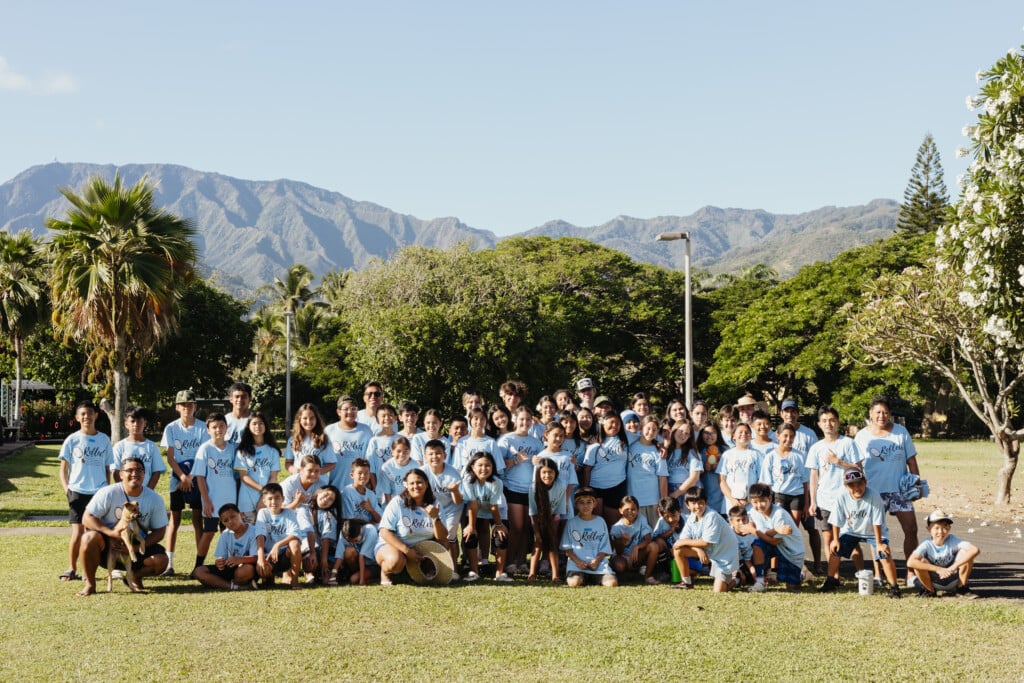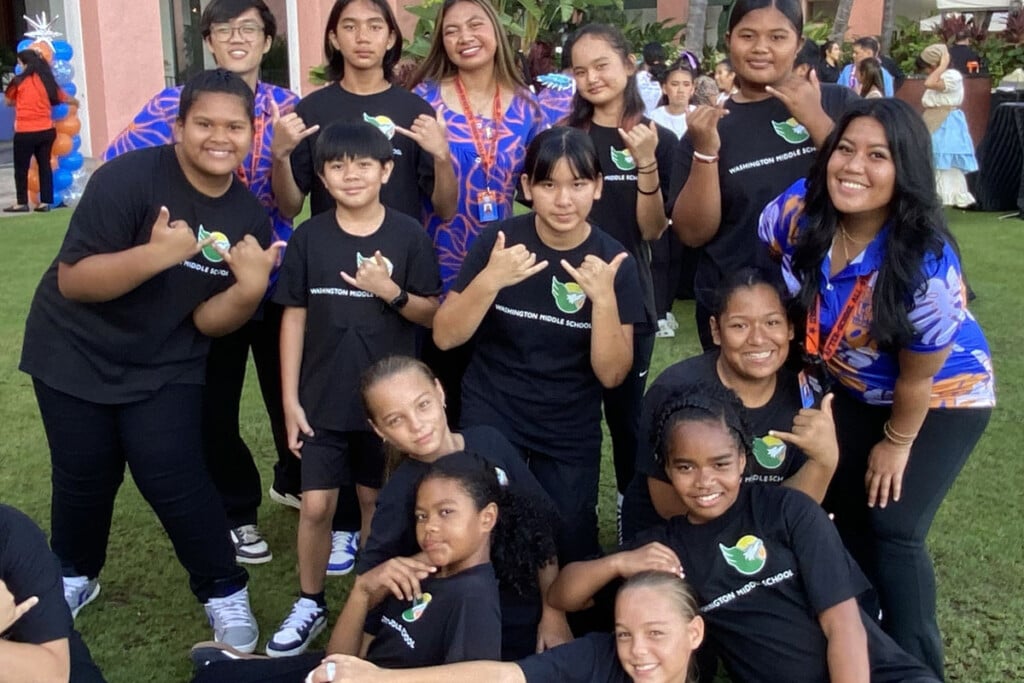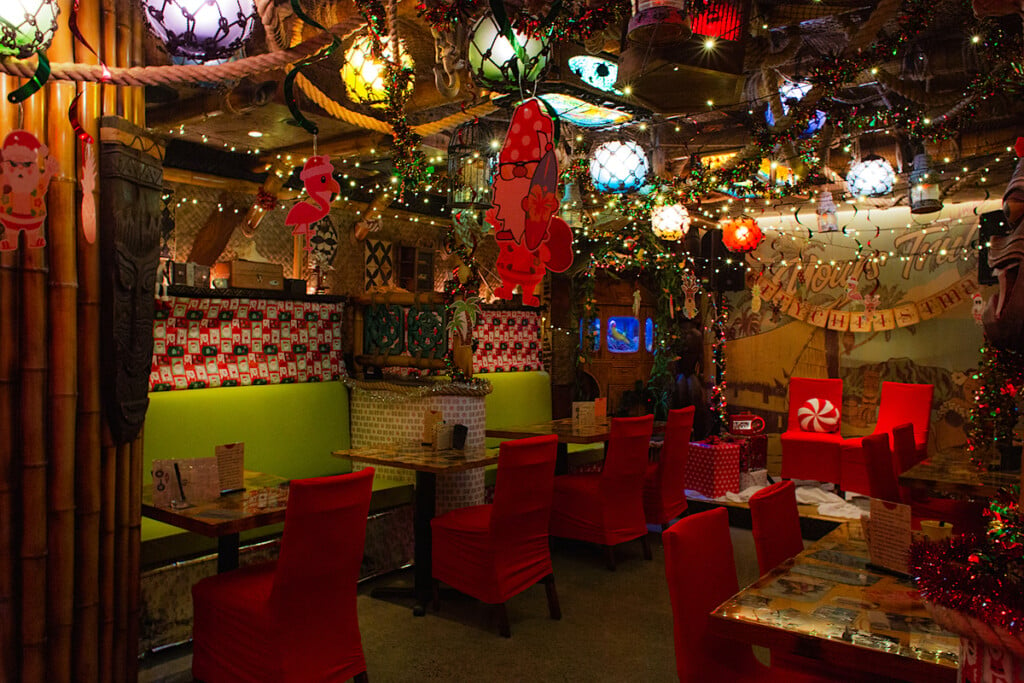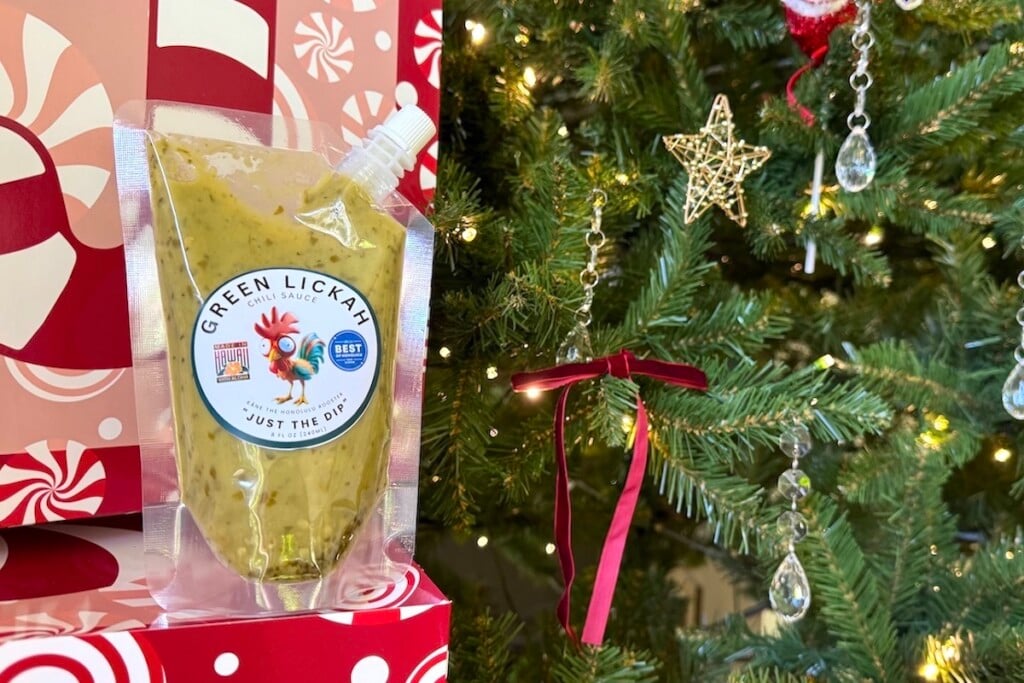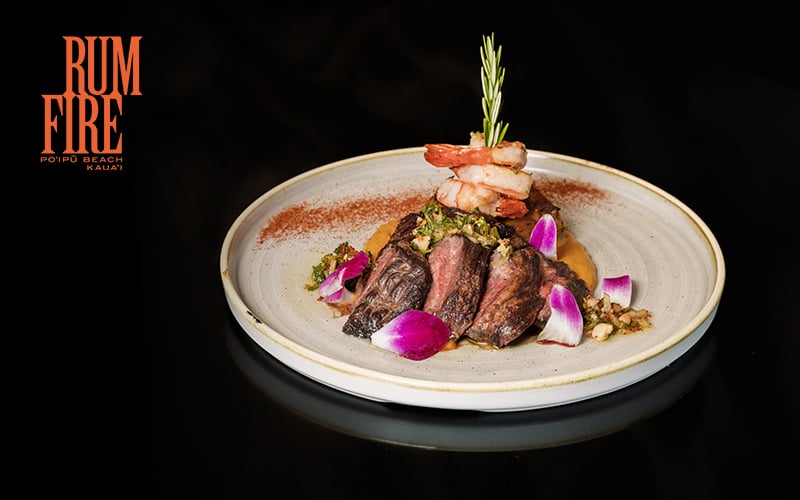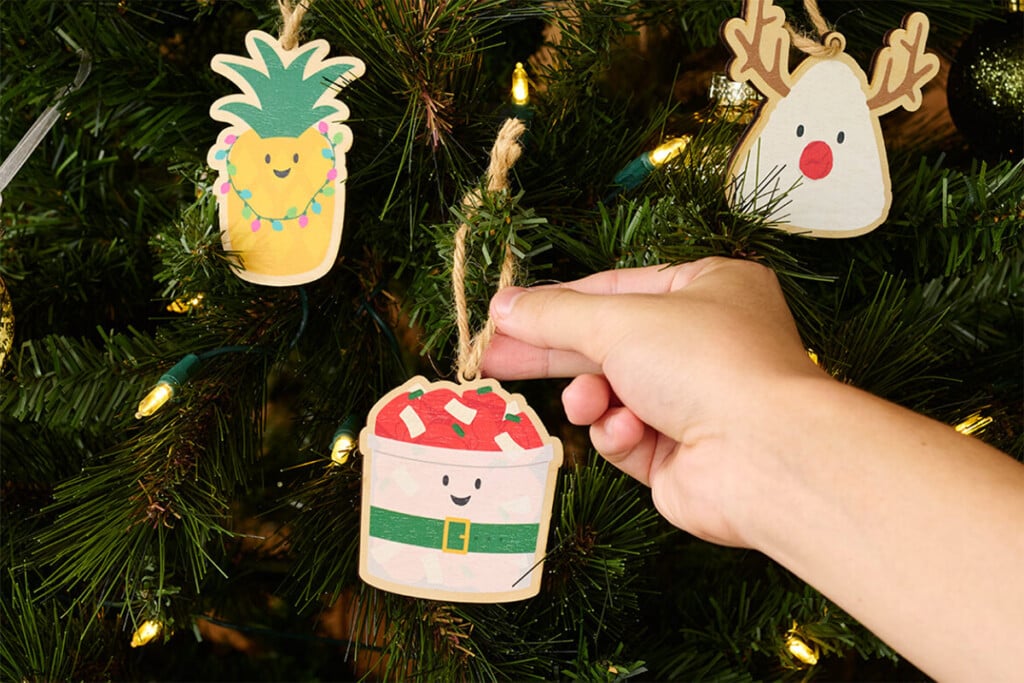Give Big Hawai‘i: Local Nonprofits Fight Back After Federal Cuts
Organizations are counting on donations and local community support to help them navigate rough terrain.
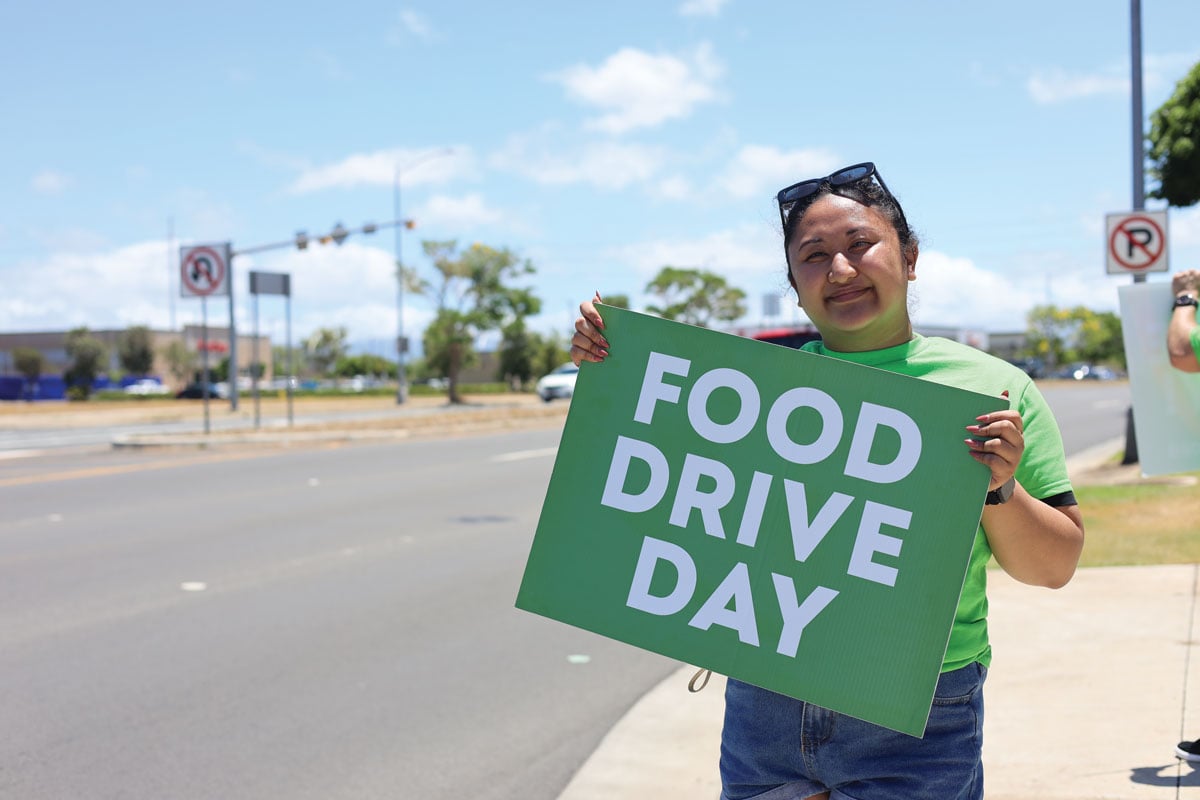
We’ve all seen news about Congress slashing federal funding to nonprofits across the country, leading to layoffs and massive program reductions, including in Hawai‘i.
According to Aloha United Way, unmet needs—the gaps in services, resources or support—among local nonprofits was 46% higher during the first six months of 2025 compared to the same period last year.
While the state has set aside $50 million for local nonprofits impacted by federal funding cuts—a move Aloha United Way CEO Michelle Bartell describes as a “huge bright spot”—it’s not enough to make up for the approximately $450 million in federal funding that Hawai‘i nonprofits had been receiving annually. The federal cuts have also created a ripple effect, pushing private donors and corporations to redirect their funds away from nonprofits they previously supported to those newly in need of assistance.
“It’s a little bit like going and plugging holes in a dam,” she says. “As soon as you feel like you get one area sort of shored up, you’ve sprung a leak over here.”
But Hawai‘i’s nonprofits aren’t giving up: They’re working harder than ever to keep the funding flowing so they can continue their services. “These are folks that are in it to really serve the community,” Bartell says. “They’re very resilient, and they’re very familiar with what they need to do in these moments.”
We spoke with several nonprofits across the state to see how they’re adjusting to federal funding cuts.
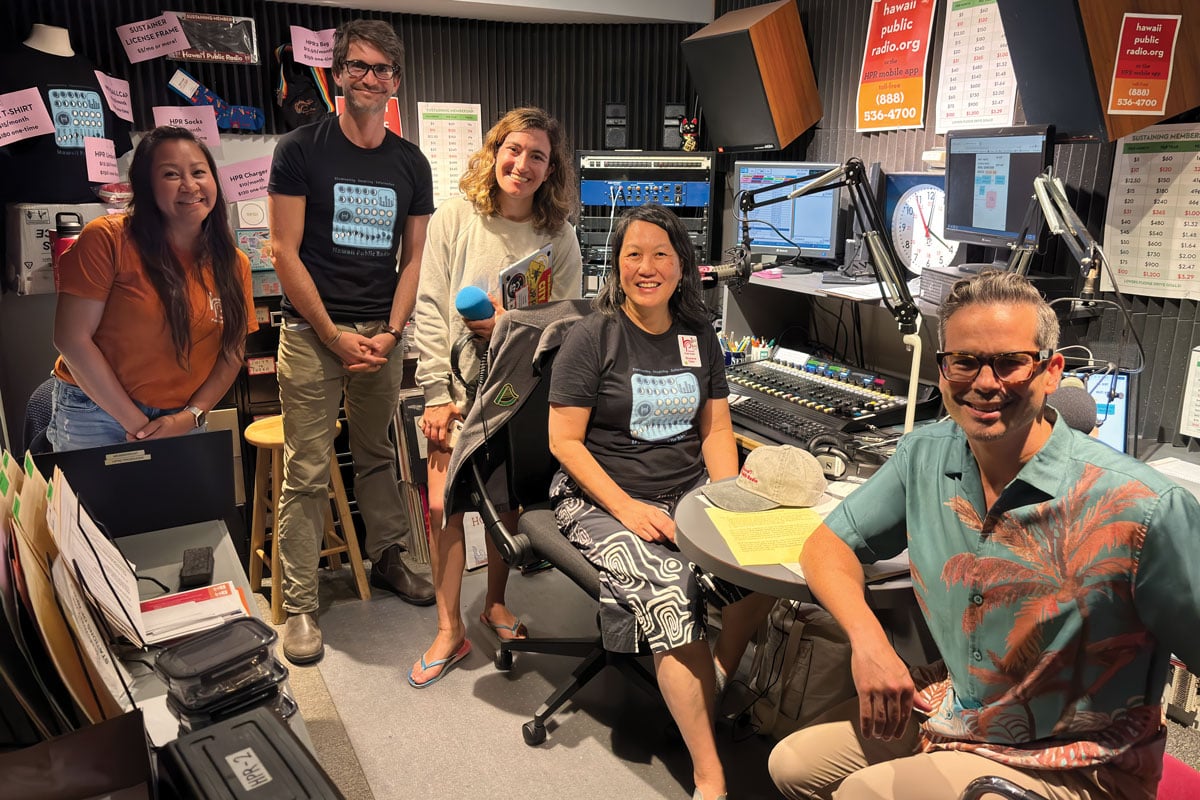
Rallying Behind Public Media
In mid-July, after Congress voted to rescind $1.1 billion in funding for the Corporation for Public Broadcasting, Hawai‘i Public Radio’s listeners stepped up and fought back. Last year, HPR received $525,000 in federal funding; this year, after President Donald Trump moved to defund public media, it received none.
HPR immediately launched an emergency fundraising campaign, and donors raised more than $461,000 in just two days, less than a week after the vote passed.
But the support didn’t stop. Between July 18 and 31, HPR raised a total of $650,000. HPR CEO Meredith Artley says the money “filled the puka” created by federal cuts, helping HPR shift from a 94% community-funded service to a 100% community-funded one.
“Shifting to a 100% member-supported organization could have been really frightening, or could have been really traumatic,” says Joseph Uno, HPR board chair and longtime listener. But, he says, because “we got so much support,” it was neither.

Sophia McCullough, HPR digital news editor. Photo: Courtesy of Hawai‘i Public Radio
Artley cautions that HPR will still need to work at staying on top of funding cuts. The company is seeking to raise a total of $8.3 million this year, in part by expanding its donor base, which today comprises 10% of listeners.
“We’re kind of existing on a continuum right now, of hope and gratitude and concern and preparation, because we’re just not out of the woods yet,” Artley says. “But thanks to our community, we’re in a really strong place at an unprecedented moment.”
This is attributed in part to HPR anticipating the federal cuts and gearing up months before the funding ax fell. Artley sent out her first assessment of the situation in March, after a technical glitch briefly took HPR off-air during its prime morning hours. “We got flooded with hundreds and hundreds—we couldn’t keep up with it—of calls, emails,” she says. “All of them were worried that the federal government had done something to HPR.”
That time, HPR was safe. But Artley knew there were grounds for concern. Leaders at NPR and PBS had just been called to testify before the executive branch’s new Department of Government Efficiency, and the Federal Communications Commission was threatening to investigate public media sponsorship practices. Artley knew it would be important to share the news with the public.
“To me, that’s something that’s so important in a time of uncertainty, a time of crisis,” she says. “Especially an organization whose job is to both communicate and listen to the community that it serves—we better communicate what’s going on.”

The “Secret Sauce” of Feeding Hawai‘i
The Hawai‘i Foodbank relies heavily on federal assistance, with some 20% of its food and more than 20% of its funding coming from federal sources. Last year, the nonprofit received $9.7 million in federal funding.
So when the USDA’s Emergency Food Assistance Program cut one of its major programs last spring, the organization lost about $2.5 million worth of food. “We’re still kind of in reaction mode to figure out how we might fill that gap,” Hawai‘i Foodbank CEO and president Amy Miller says.
Even before the funding cuts, Miller says the organization was already “stretched to capacity,” serving an average of 170,000 people each month. That’s the same number of people helped during the height of the pandemic and double the number it was serving before COVID. Cuts to Medicaid and food security programs, paired with inflationary pressures, are making it harder for people to get food on the table. “Thirty percent of our community is food insecure,” Miller says. And they’re “people that you know.”
The food bank is working hard to meet increased demand, relying on collaboration to help cover some of its needs. For instance, the California Association of Food Banks helps Hawai‘i Foodbank access B-grade products, including healthy, fresh produce that can’t be sold on the retail market. Shipping company Matson covers overseas shipping costs for certain food items and helps the organization get food to the Neighbor Islands. “It’s this really neat story about cross-sector collaboration to help fill the gaps for our community,” Miller says.
The nonprofit is also turning to the local community for support. In August, the nonprofit held its annual Food Drive Day, where it received donations equivalent to 615,000 meals. That result surpassed both last year’s drive and this year’s goal. “Our goal was about over 500,000 [meals] … so we felt really, really happy,” Miller says. “I do think we are lucky, and that we sit in a place where people really understand that food is a basic need.”
The donations included more than 17,000 pounds of food and $279,000. Miller says such success is proof of Hawai‘i’s “secret sauce,” a willingness to step up and take care of each other when times get tough. “We saw this with COVID, we saw this with the Maui wildfires, and I think we’re seeing it again. Community members really will step up and give when they see their neighbors in need. And not every place in the world is like that.”

The Cuts Extend to Preservation
Mālama Maunalua, a local nonprofit dedicated to restoring Maunalua Bay, depends largely on funding from the National Oceanic and Atmospheric Administration and the National Fish and Wildlife Foundation. But those grants—between $200,000 and several million dollars—are disappearing, says executive director Doug Harper.
Harper says the losses will ultimately impact the environment. “When you’re dealing with environmental stuff, if you’re not actively restoring, most likely, it is further degrading,” he says. “What can we do to kind of hold the line until we have enough resources to potentially gain ground with overall restoration?”

Aloha Collection collaboration tote bag. Photo: Courtesy of Mālama Maunalua
While Harper says it’s not possible to completely recover from federal cuts, the nonprofit has softened the impact by appealing to donors, applying for private grants and selling merchandise. Earlier this year, it launched a limited-edition line of tote bags with Aloha Collection with a design inspired by five native species of seaweed found in Maunalua Bay. All proceeds went to the nonprofit.
Harper says sales far exceeded expectations, generating thousands of dollars and prompting a second run of the bags, along with a new pouch. “In a situation like that, you always wonder how much of this is just that they love Aloha bags,” Harper says. “But regardless of what was driving the motivation, the initial round was pretty much advertised just to supporters of MM, and we sold out very quickly.”
The organization steered the money toward restoration work that Harper says wouldn’t otherwise have been possible. It’s also raising money by selling T-shirts with a new design every year. “We’ve been very fortunate that our supporters are so willing to purchase, and we’ve been able to make money off of that as well,” Harper says.
Regular donors also are making donations earlier in the year and some are specifically directing their contributions to projects normally supported by federal grants. Still others are stepping up to volunteer with the group. “I have heard from volunteers that they’ll come out because of, in part, hearing what’s going on,” Harper says.
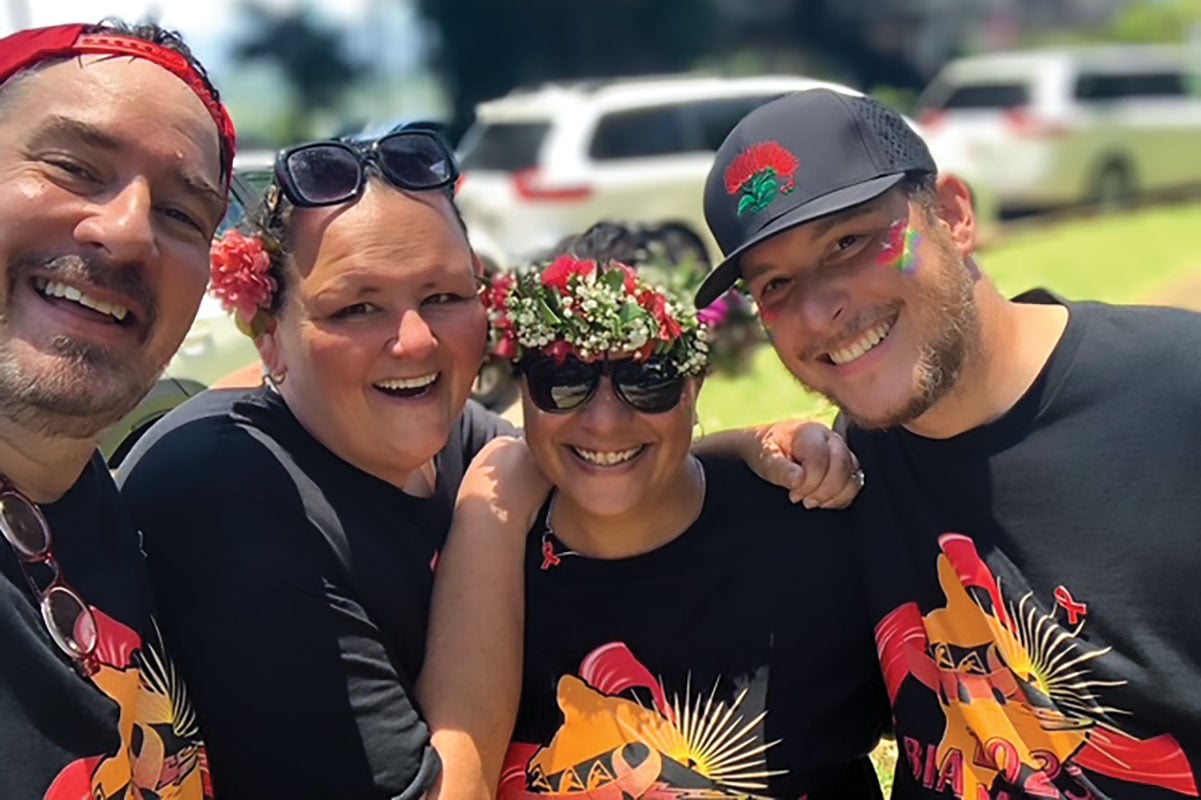
Maintaining Access to Communitywide Health Care
With COVID-related funding running dry and inflation on the rise, Kumukahi Health + Wellness on Hawai‘i Island was in a precarious position even before federal cuts. There were some weeks when leadership postponed getting paid to make sure employees got their paychecks. “We’ve just been in survival mode,” CEO Peter Silva says. “We came so close to closing our doors.”
When Trump announced his first wave of executive orders earlier this year—many of which targeted the LGBTQ community and diversity, equity and inclusion initiatives—the organization took a hit. Kumukahi, which provides sexual-and gender-based care, lost about 10% of funding for its HIV programs. Silva says the organization is bracing for still deeper cuts in 2026.

Kumukahi Health + Wellness’ newly renovated Hilo office space. Photo: Courtesy of Kumukahi Health + Wellness/Peter Silva
But a recent $1 million grant from the Stupski Foundation has dramatically changed its trajectory. “Tears were coming down our eyes after the call; we were just jumping up and down,” Silva says, recalling the moment staff learned about the grant. “All of this confusion and turmoil that we were going through, and we had this one moment of brightness. Like, oh my God, thank you so much for believing in us.”
Kumukahi plans to use the funding to both sustain and expand its operations. Some of the money will help create a new staff position to assist transgender patients with their appointments. “If you’re in transition, it’s very scary to go out into society and share a legal document—it doesn’t match, you’re not feeling aligned with anything,” Silva says. “Having someone to hold your hand through that and make sure that you make the medical appointments, we’re going to see a huge increase in health equity.”
The nonprofit also plans to launch a transitional housing program in Hilo for sexual and gender minorities. To Silva, the Stupski grant is a “tremendous reaffirmation” of Kumukahi’s work and an opportunity to continue to make real change.
“It’s our hope that with this seed money, health insurance companies are going to see the value in this, our government funding organizations are going to see the value,” Silva says. “You’re going to see so many health improvements for our community.”
Annabelle Ink was HONOLULU Magazine’s Society of Professional Journalists intern for the summer of 2025. She majors in English at Pomona College.
